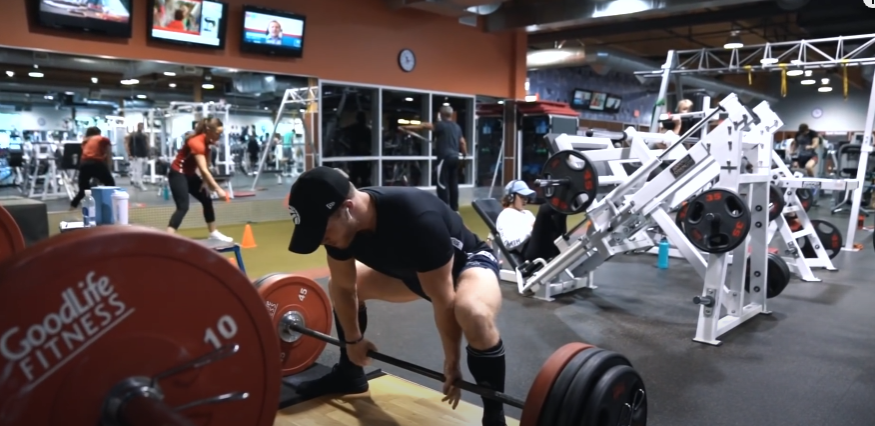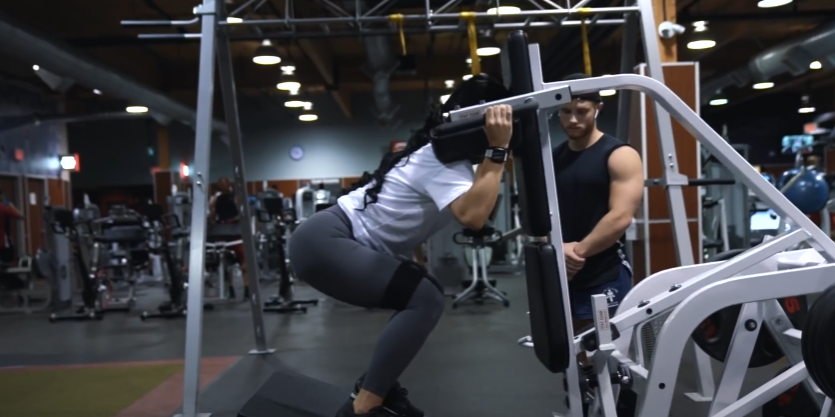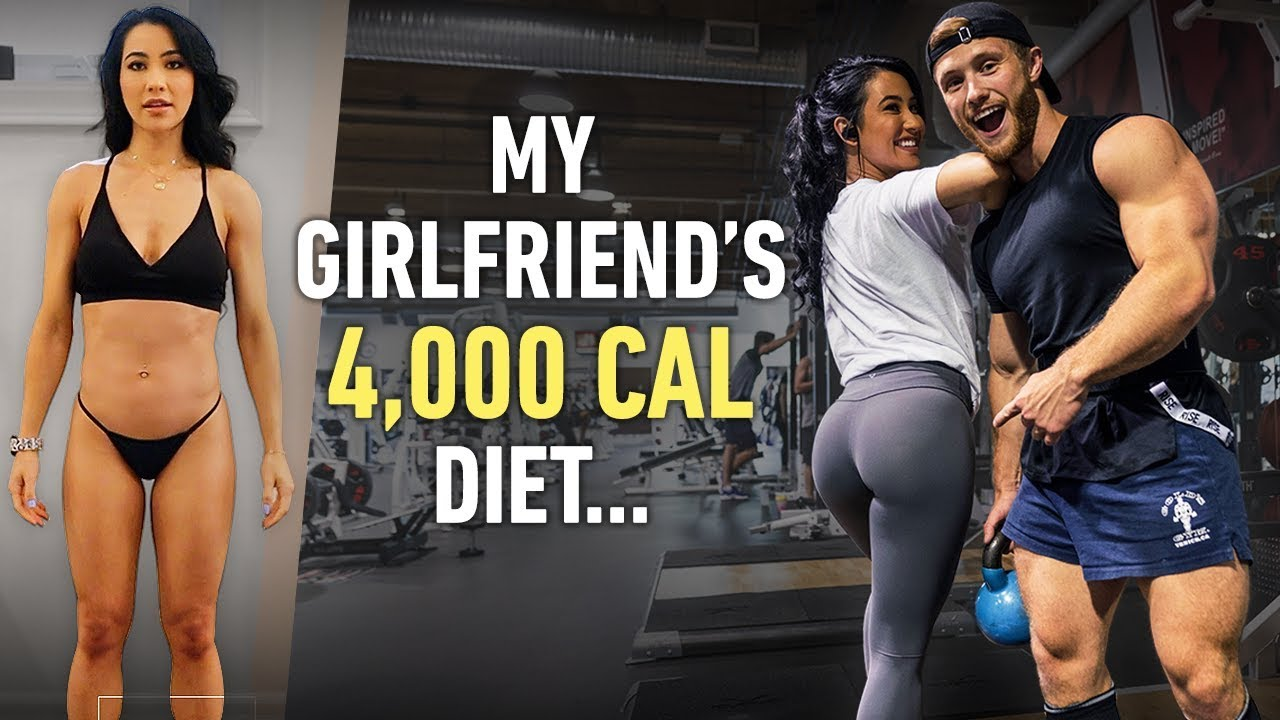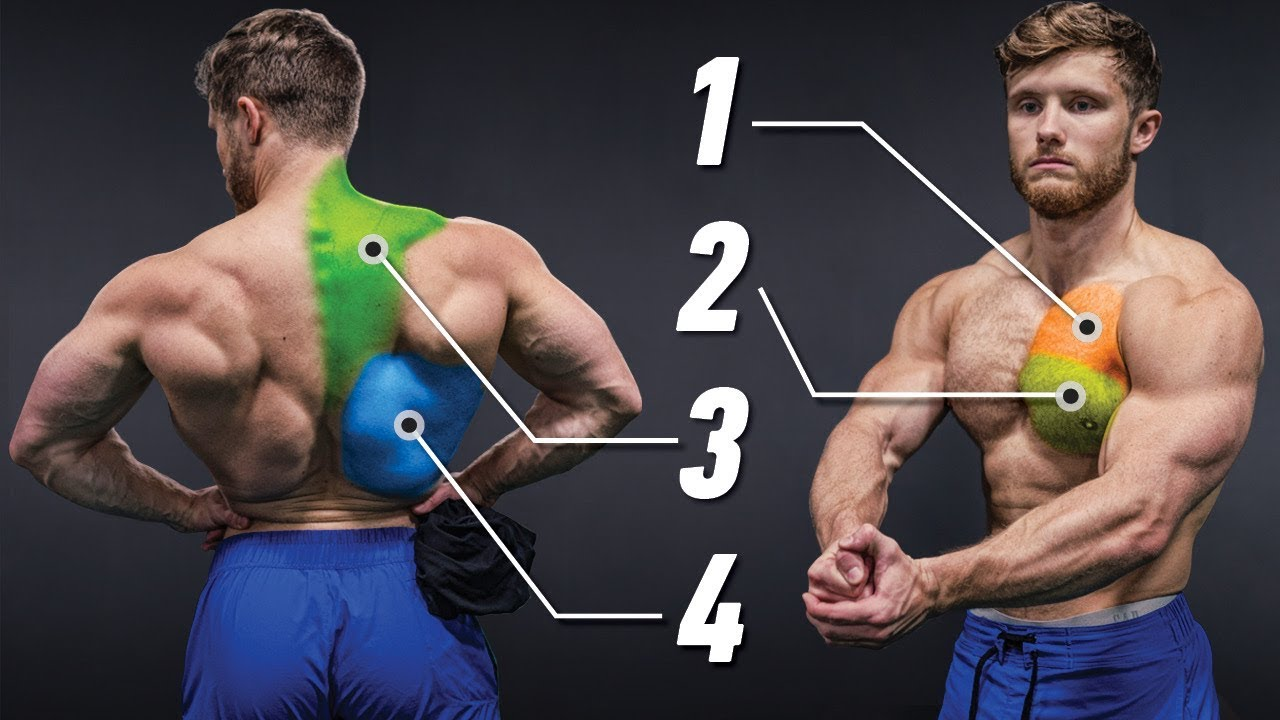When it comes to bodybuilding, nutrition isn’t just about hitting macros—it’s about understanding how food influences training performance, recovery, and long-term health. Recently, more athletes are experimenting with intuitive high-calorie eating to repair metabolic adaptation, improve hormonal health, and restore natural hunger cues after years of dieting.
This article takes a deep dive into how a strategic increase in calories can transform energy levels, boost strength, and even resolve chronic training-related issues. Plus, we’ll look at a powerful lower-body strength workout designed to build muscle while improving joint health.

Why Eating More Can Sometimes Be the Smartest Move
For many lifters, the idea of consuming 4,000 calories or more daily sounds like a classic mass-gaining phase. But for some, it isn’t about building the perfect physique—it’s about restoring a healthy metabolism and eliminating constant hunger caused by prolonged calorie restriction.
When you’ve spent years in a calorie deficit, you might notice:
- Constant food obsession
- Feeling cold all the time
- Fatigue during training and poor recovery
- Hormonal disruptions (such as irregular menstrual cycles in women)
This is common in athletes dealing with hypothalamic amenorrhea or metabolic suppression after extreme dieting. By increasing calorie intake dramatically—sometimes well above maintenance—many experience improved energy, reduced food focus, and better gym performance.
A Real-World Example: Eating 4,000+ Calories Daily
One athlete recently shared her experience of going “all in” to repair hunger signaling. Averaging 4,000 calories per day (sometimes hitting 6,000), she reported:
- 15 pounds of weight gain in 3 weeks
- Stronger lifts and improved energy
- Zero hip pain during squats and deadlifts for the first time in months
Interestingly, this wasn’t a “traditional bulk” aimed at maximizing muscle mass. Instead, it was about restoring normal hunger cues and allowing the body to find its natural set point.
As she explained, “I’d rather gain weight temporarily than spend every night going to bed starving. Once my hunger cues normalize, I can slowly cut later if needed.”
The Training Impact: More Calories, Better Recovery
If you’ve been dieting hard, you’ve likely noticed slower recovery, nagging joint pain, or stalled strength gains. Increasing calories can rapidly change that. Higher energy availability improves:
- Muscle protein synthesis – crucial for hypertrophy.
- Tendon and ligament recovery – reducing chronic aches and injuries.
- Training performance – more glycogen means more explosive lifts.
A clear example is how this athlete’s chronic hip discomfort disappeared after a few weeks of eating at a surplus. That alone allowed her to train heavier and push past previous strength plateaus.

The Workout: Deadlifts, Front Squats, and Hypertrophy Accessories
Deadlift Power Sets
The session began with two heavy working sets of deadlifts:
- Set 1: 385 lbs for 5 reps
- Set 2: 405 lbs for 5 reps
The goal wasn’t volume but intensity—activating as many fast-twitch fibers as possible while staying away from failure. This approach follows a wave periodization model, where intensity peaks in week three before tapering slightly to allow recovery.
Front Squats for Quad and Core Strength
Next came front squats, which challenge both the quads and the core. Compared to back squats, front squats place less stress on the lower back while forcing an upright torso, making them excellent for athletes with past spinal issues.
Glute and Hamstring Focus
To fully target the posterior chain, the following accessory work was added:
- Knee-Banded Leg Press (3×12) – The addition of a hip circle around the knees activates the glute medius, improving hip stability.
- Sliding Hamstring Curls (3×12) – Performed on a rowing machine seat or sliders, this exercise keeps the hips extended while curling the heels, mimicking a Nordic curl but with less strain.
- Single-Leg Leg Extensions (3×12) – Great for isolating the quads and improving knee stability.
Calf Finisher
Finally, two sets of 20 calf raises on the leg press closed out the session, focusing on slow eccentrics and strong contractions at the top.
Post-Workout Recovery: Why Nutrition Matters
After a session like this, replenishing glycogen and providing high-quality protein is critical. In this case, the post-training meal was surprisingly casual—a bowl of curry ramen with extra chicken and a side of edamame for added protein.
While ramen isn’t a “typical bodybuilding meal,” it’s rich in carbs and sodium—both crucial for post-lifting recovery. The key is to ensure total daily macros align with your goals, whether you’re maintaining, bulking, or repairing metabolic health.

Lessons from Going ‘All In’ on Calories
This high-calorie experiment highlights several important takeaways for lifters struggling with recovery, energy, or food obsession:
- Metabolism Can Be Repaired – Chronic dieting slows hormonal function. Eating significantly more can restore natural appetite regulation.
- Strength Gains Come Faster with Adequate Fuel – Heavy compound lifts thrive on glycogen and calorie availability.
- Recovery Outweighs Aesthetics in the Long Run – Sacrificing a temporary lean look is worth it if it means fixing long-term metabolic health.
- It’s Not About Tracking Every Calorie – True intuitive eating focuses on satiety, not hitting a specific macro target. Tracking is only useful as a short-term monitoring tool.
Who Should Consider a High-Calorie Reset?
Not everyone needs to eat 4,000+ calories daily, but you might benefit from a high-calorie phase if you:
- Have been dieting for months or years with minimal breaks.
- Feel constantly hungry and food-obsessed, even at night.
- Struggle with poor recovery, nagging injuries, or stalled strength gains.
- Experience hormonal issues such as irregular cycles (for women).
However, this approach isn’t a free pass to binge. The goal is to eat to true satiety with mostly whole, nutrient-dense foods, not junk food binges.
Final Thoughts
A properly fueled body performs better, recovers faster, and feels healthier overall. Whether you’re chasing maximum muscle growth or simply trying to restore normal hunger cues after years of dieting, sometimes eating significantly more is exactly what your body needs.
Couple this with a progressive strength program, heavy compound lifts, and accessory work for joint stability, and you’ll not only gain muscle but also set yourself up for long-term health and performance.



